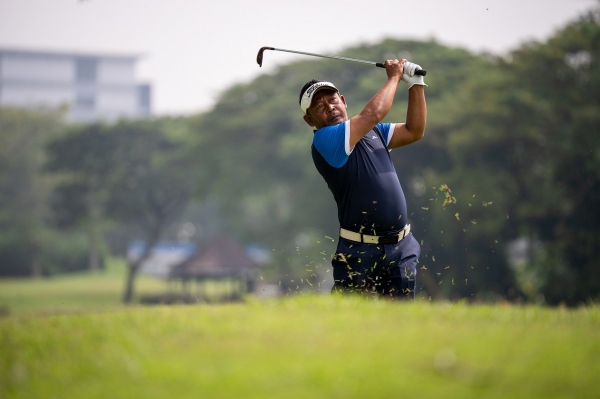For many, spring heralds fresh air and exercise on the golf course.
For many, spring heralds fresh air and exercise on the golf course. But do players risk exposure to unsafe levels of pesticides used to beautify and maintain a golf course’s green grass? To find out, researchers asked volunteers to play 18 holes on a simulated course sprayed with common pesticides. They report the results in ACS Agricultural Science & Technology, saying there is likely limited cause for concern over toxic exposure from pesticide-treated turf.
There are plenty of studies on pesticide exposure among people who tend and harvest crops grown in treated environments. But John M. Clark and colleagues couldn’t find much comparable information about individuals who play sports, including soccer and golf, in the great outdoors. So, his team designed a study to investigate golfers’ potential risks from four pesticides, which have low volatilities and relatively low toxicities for humans, and are commonly used on golf course turfgrass: cyfluthrin (insecticide), chlorothalonil (fungicide), MCPP-p (herbicide) and 2,4-D (herbicide).
For the study, the researchers created what they deemed a “worst-case-scenario” 18-hole course: All areas of a simulated golf course were treated with the manufacturers’ suggested maximum amount of all four pesticides. Then they recruited eight volunteer golfers to play a full round on the treated turf one hour after pesticide application and to remain on the course for four hours. To measure pesticide exposure, four of the volunteers wore cotton full-body suits with veils, socks and gloves that would pick up contact residues and personal air samplers that would capture airborne residues. The other four volunteers wore cut-off cotton suits over their own golfing clothes and submitted urine samples after the round.
Read more at American Chemical Society
Photo Credit: rojobrono via Pixabay




